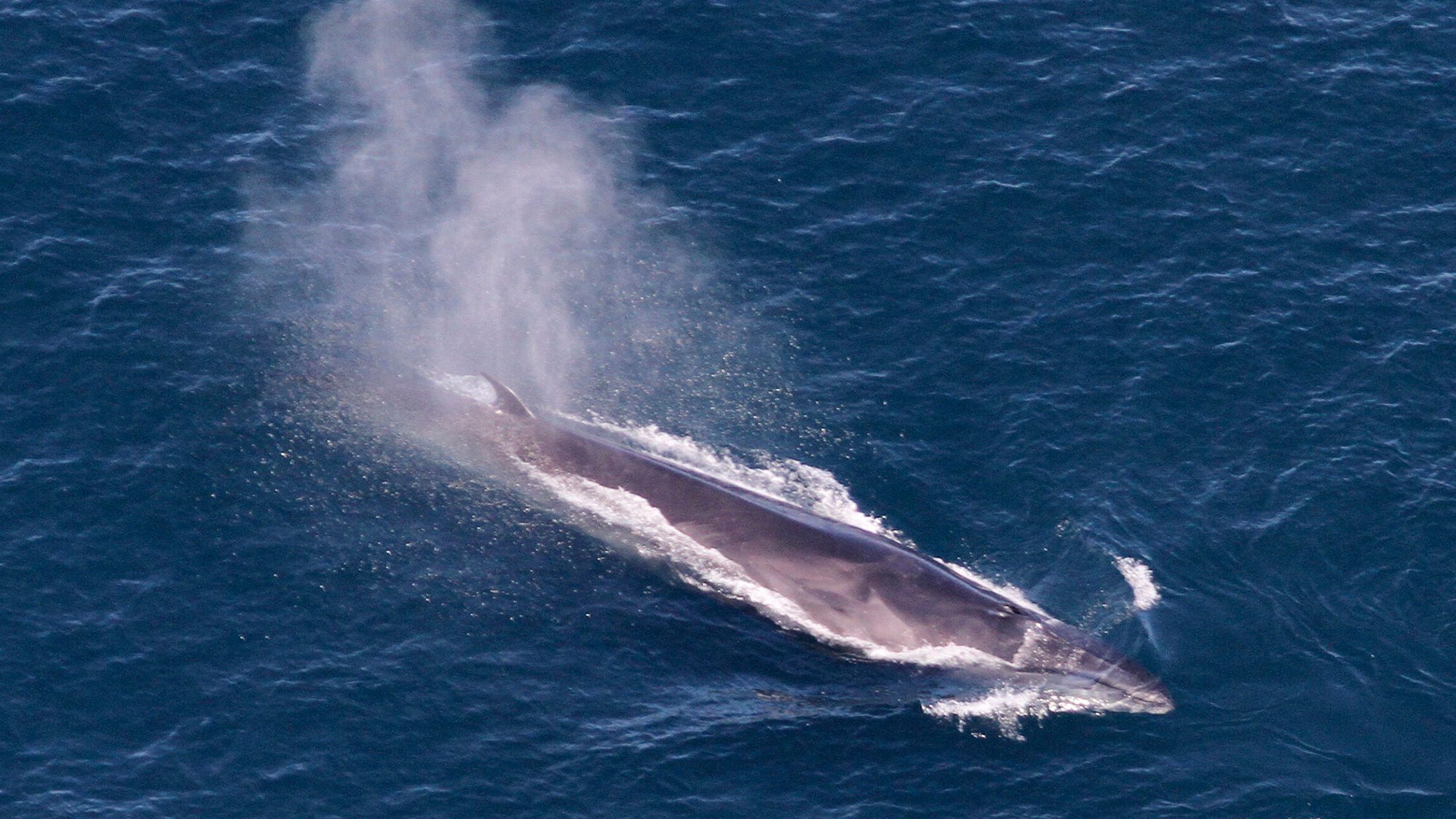

It’s beginning to look a lot like a hot whale summer in the plankton-rich waters off the coast of New England. During a recent research near Martha’s Vineyard in Massachusetts, officials with the National Oceanic and Atmospheric Administration (NOAA) reported 161 sightings of seven whale species. Not only is this a pretty large group of whales, but the sightings included some unusual cetaceans for New England waters.
For the crew, the highlight was two orca whales. One of the orcas was even seen holding a tuna in its mouth. So far, there have been no reported yacht damage from these killer whales.

“We know that they’re [orca whales] in the area. It’s just that their population, as far as we know, is pretty low,” NOAA Marine Mammal Observer Alison Ogilvie told CBS. “I was in the front left bubble window of our plane, so I had a pretty good view of what was going on. “We were pretty excited the whole time. There was a lot of shouting and gasps from both sides of the plane. There was so much action.”
[Related: Sperm whales may have their own ‘alphabet.’]
An orca was recently spotted off of Chatham, Massachusetts. The New England Aquarium believes that specific whale was likely Old Thom–the only killer whale that has been regularly seen in North Atlantic waters. It is not clear if either of the orcas that the NOAA team observed was Old Thom.
They also spotted 93 sei whales, one of the highest concentrations of the rare whale observed during a single flight. Sei whales have long and sleek bodies, with a bluish-gray to black back and a white or cream-colored underside. NOAA estimates that 300,000 sei whales were killed for their meat and oil during the height of commercial whaling in the 19th and 20th centuries. Their movements are still a bit elusive, but they are most commonly spotted in deeper waters further away from the coastline.

The team also saw North Atlantic right whales, humpbacks, minke, fin, and sperm whales. According to NOAA’s Northeast Fisheries Service Center spokesperson Teri Frady, these sightings do not necessarily represent 161 individual whales, as the same animal can be spotted more than once.
“It is not unusual that there are a lot of whales in the area this time of year. But since we do not survey every day, or in the same areas every time we fly, catching such a large aggregation with such a variety of species on one of our flights is the exception rather than the rule,” Frady told the Associated Press.
[Related: This dolphin ancestor looked like a cross between Flipper and Moby Dick.]
Importantly, observers logged three sightings of the critically endangered North Atlantic right whale. There are fewer than 360 of these large baleen whales left. The species is at a serious risk of extinction, primarily due to vessel strikes and entanglement in fishing gear. Efforts to save these animals are at the heart of several recent fishing and shipping regulations.

Among the species spotted in this whale of a day at sea, the sperm whale, fin whale, and some segments of the humpback and killer whale are listed as endangered. According to NOAA, minke whales are not endangered, but are protected under the Marine Mammal Protection Act.
